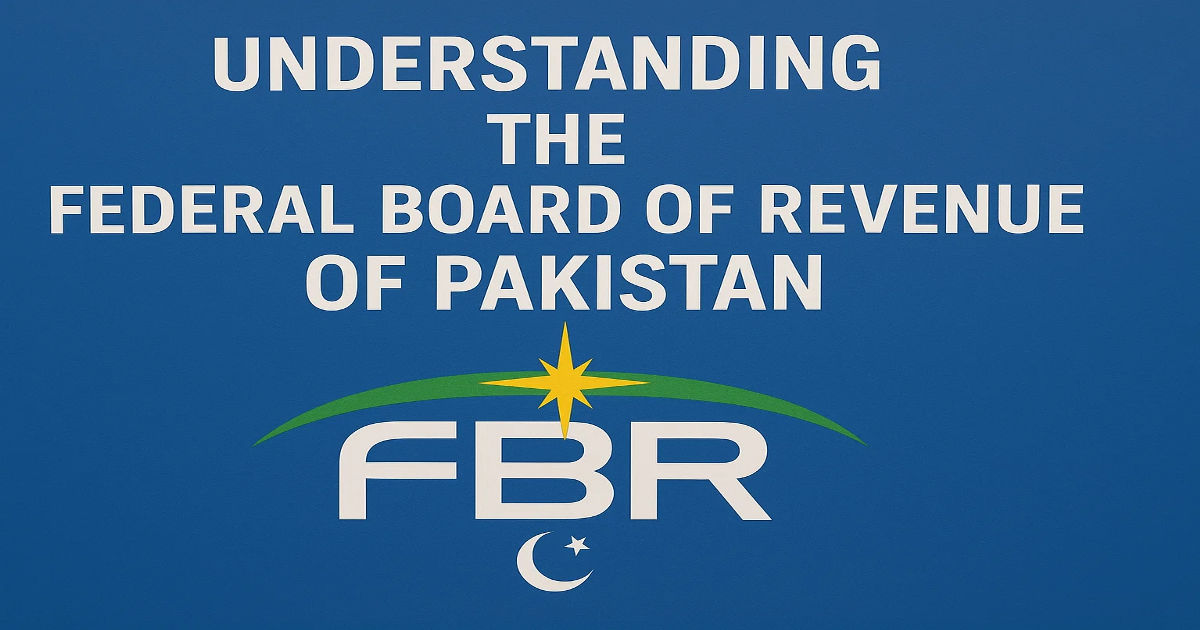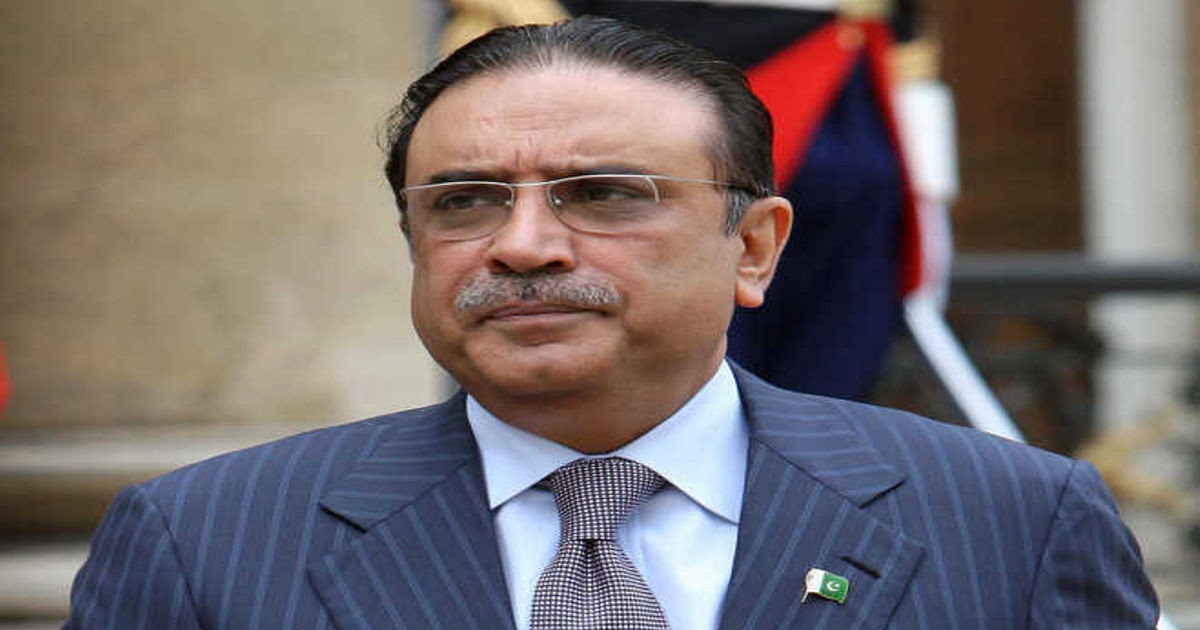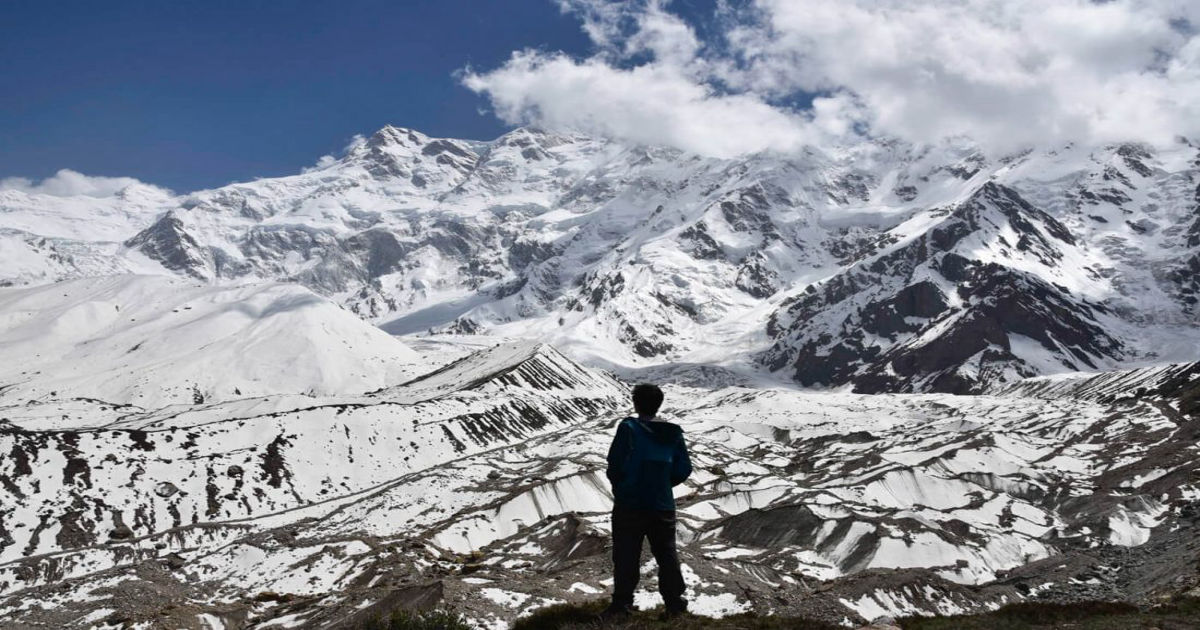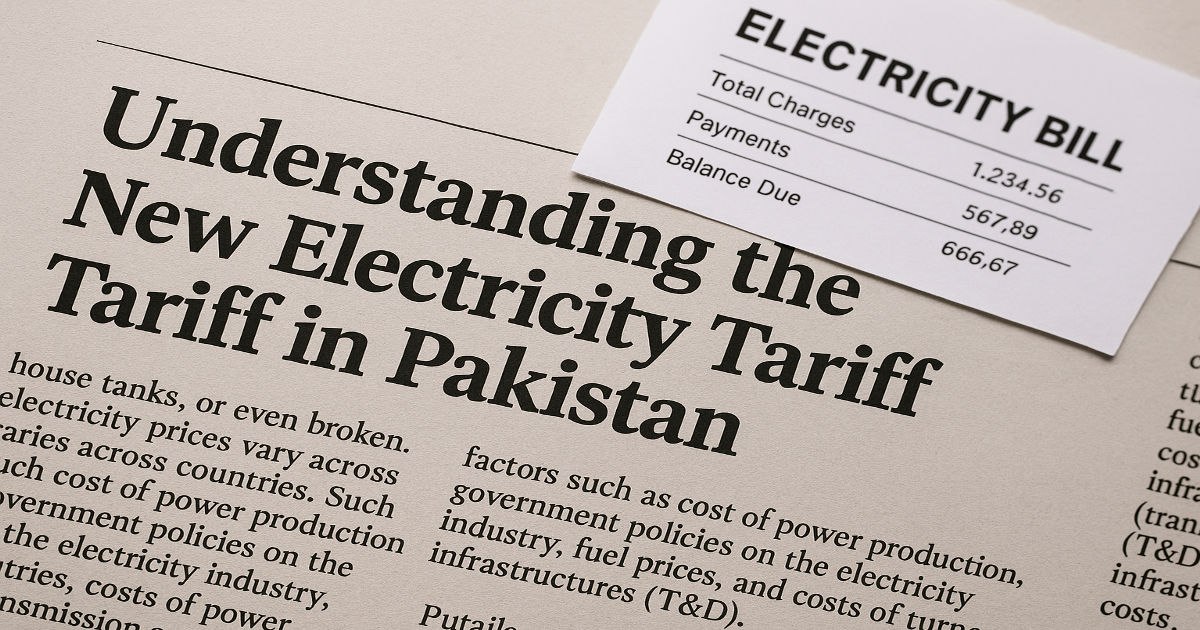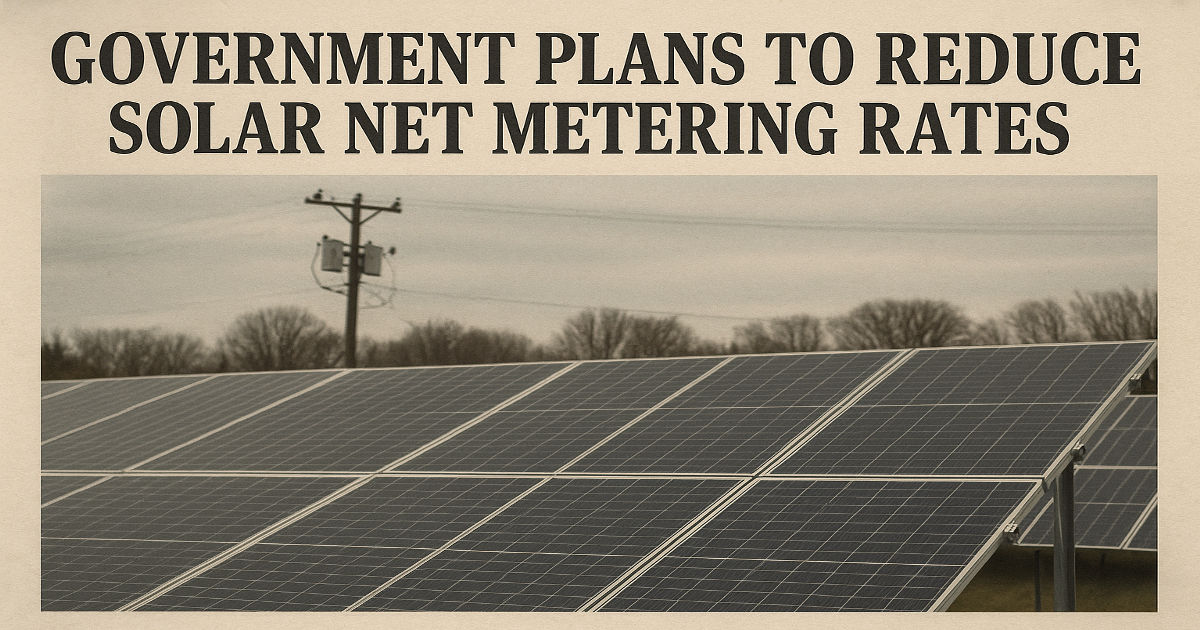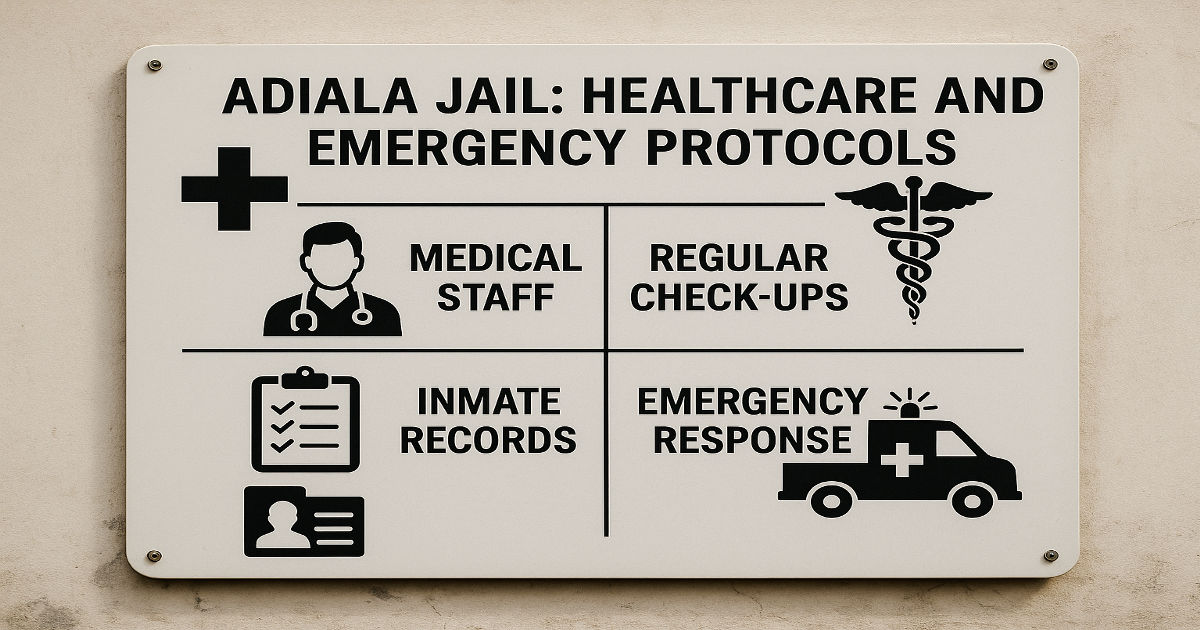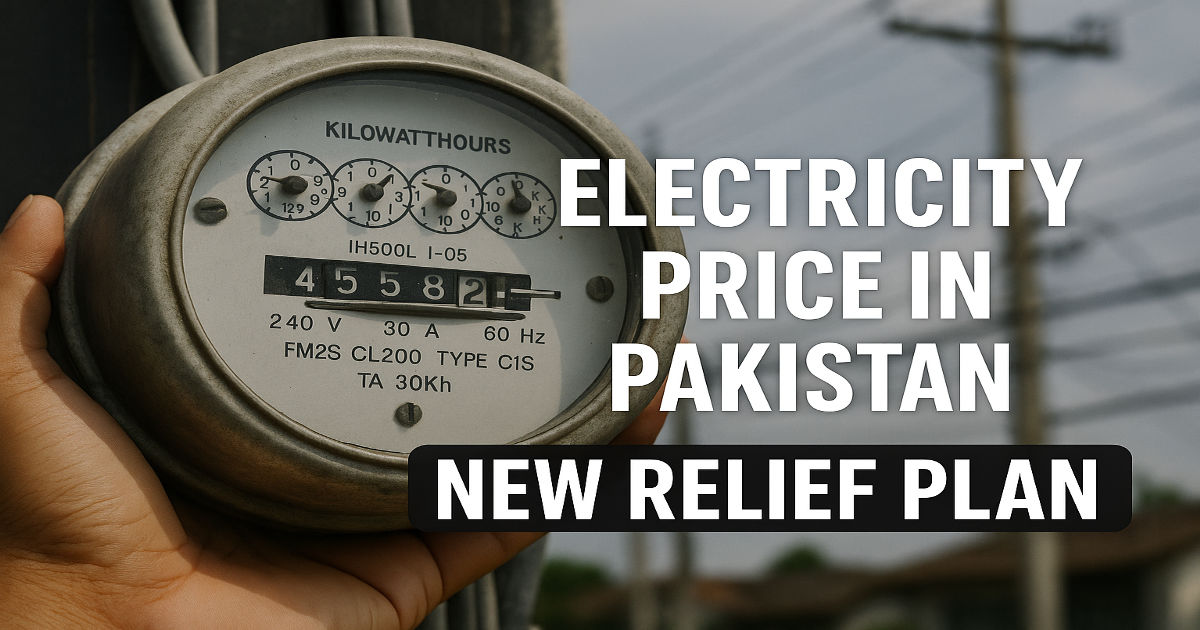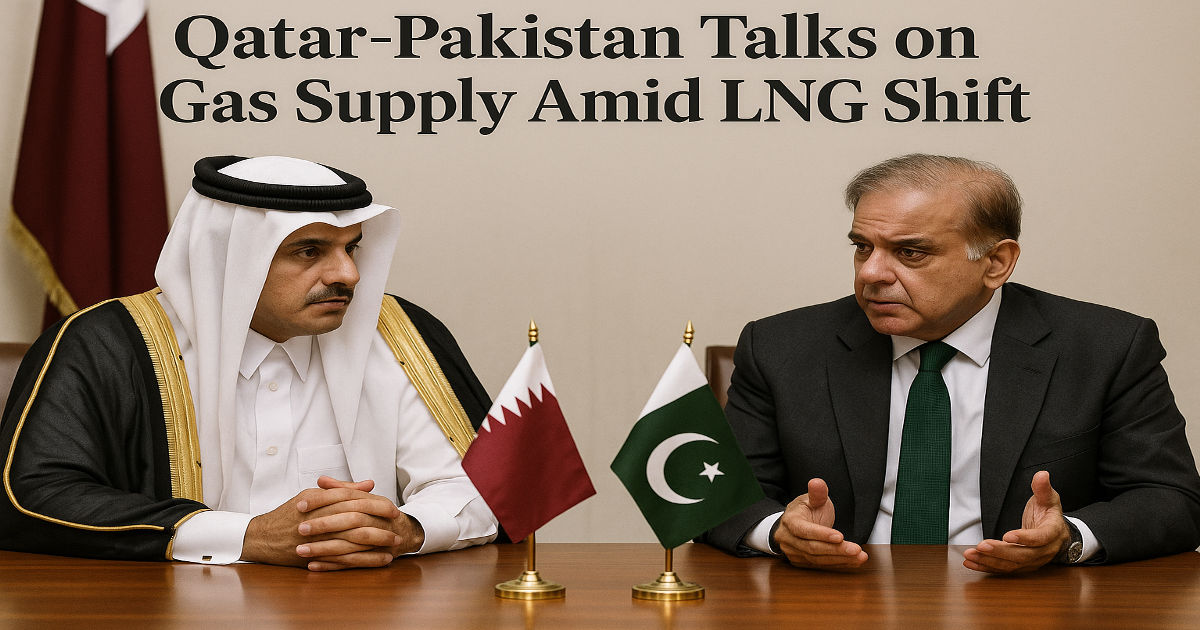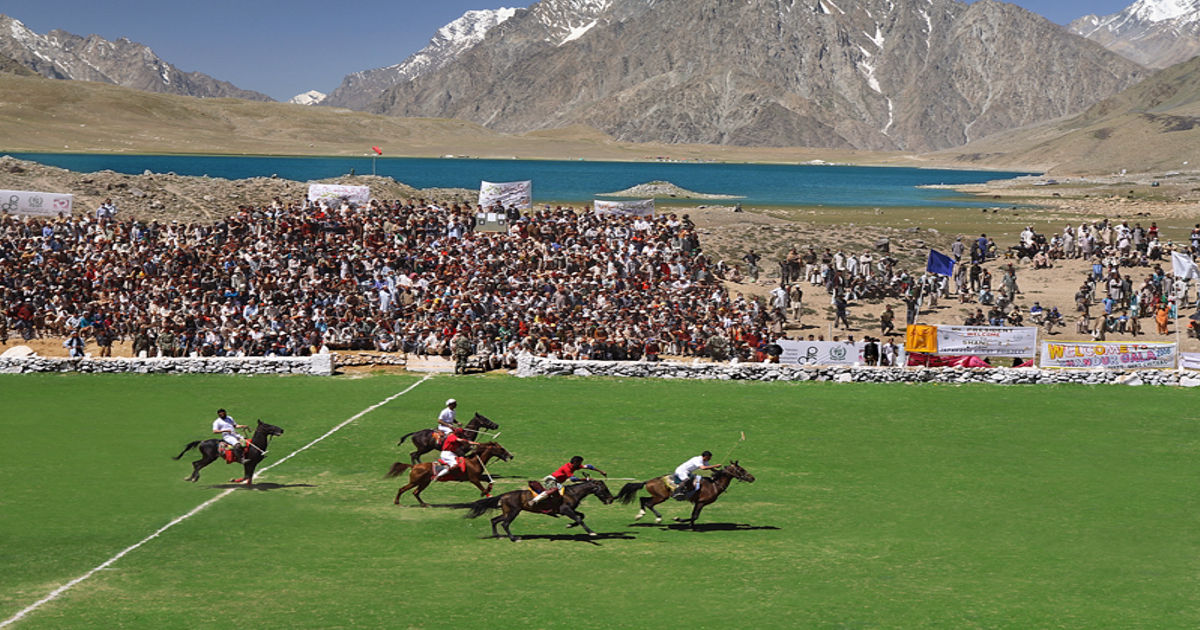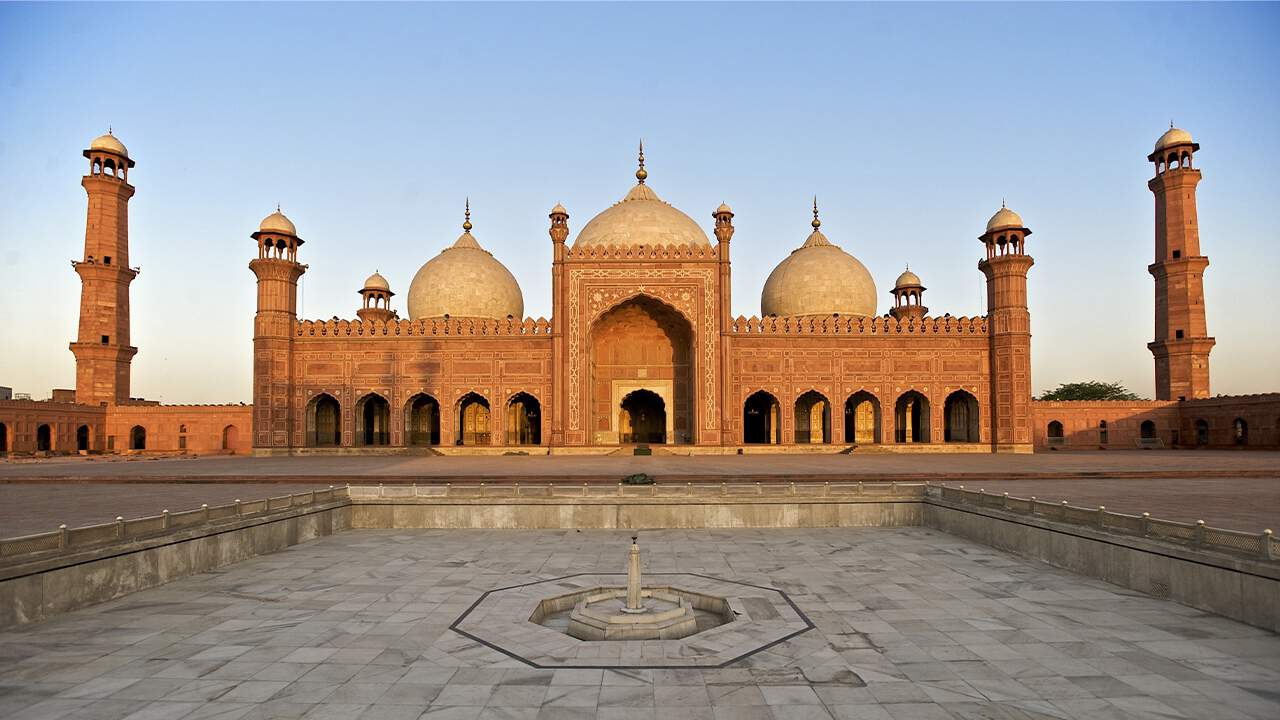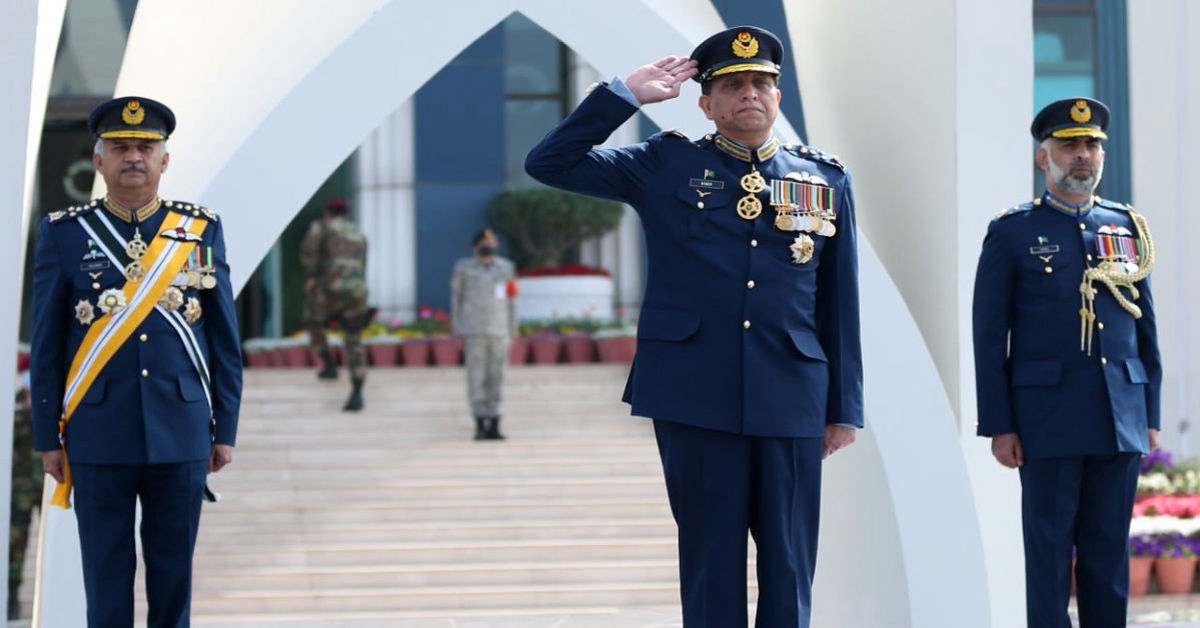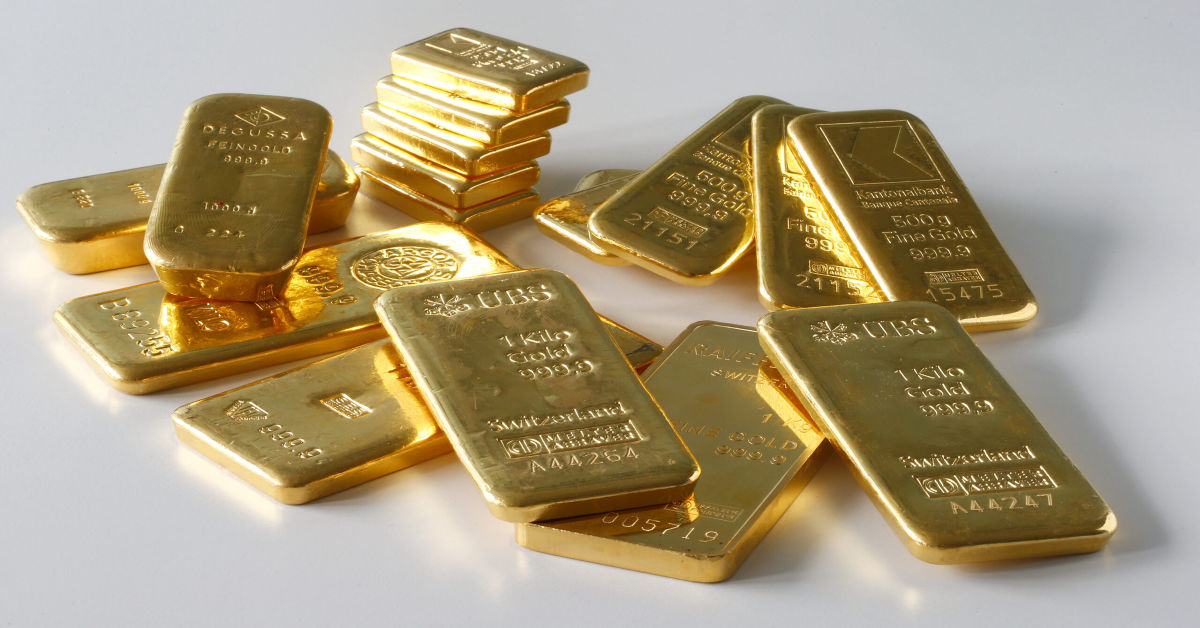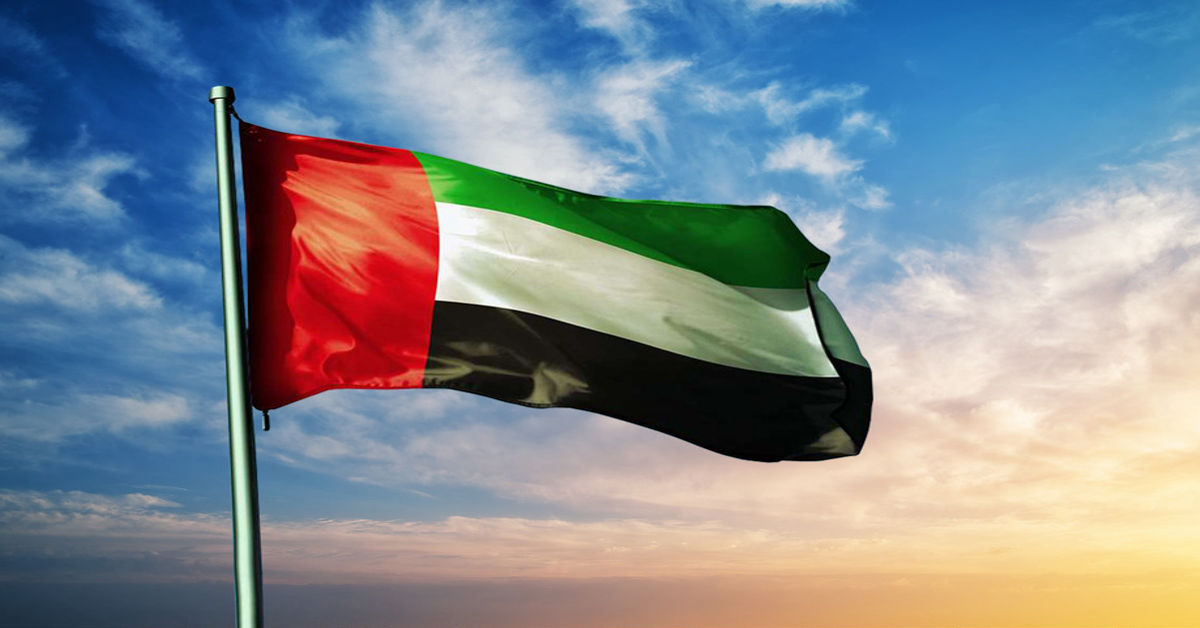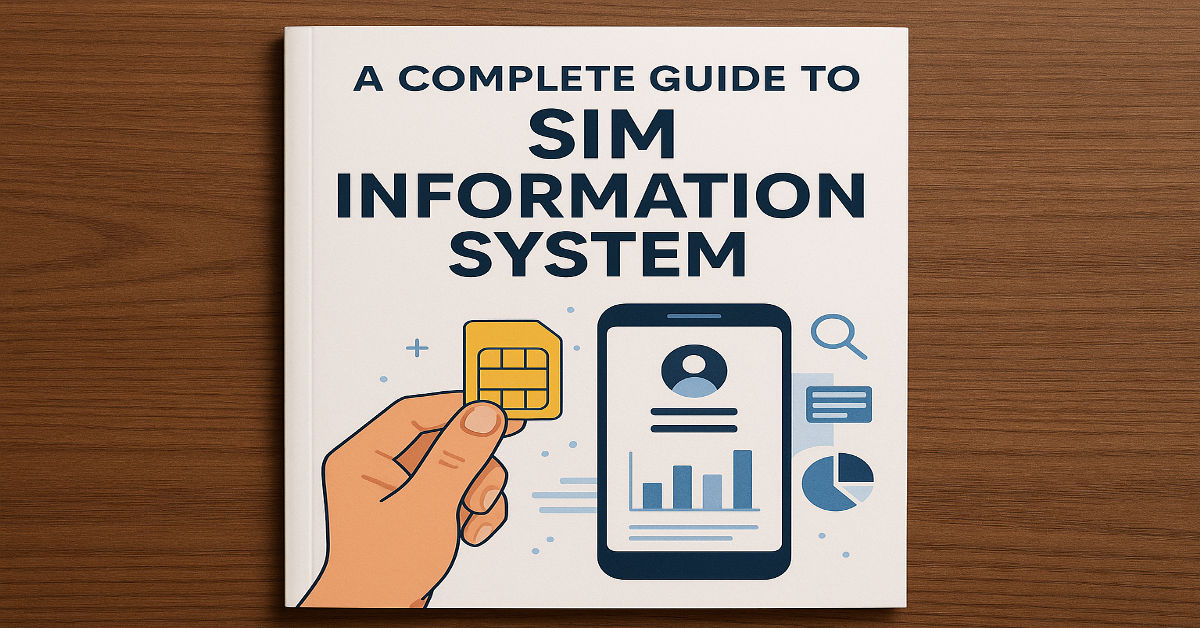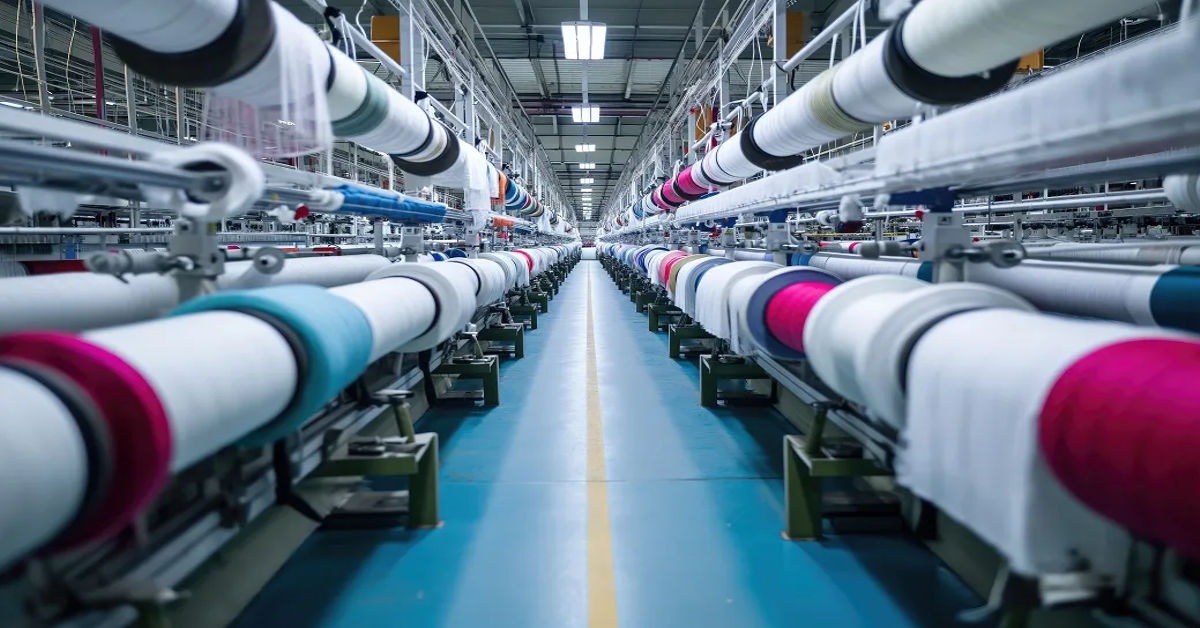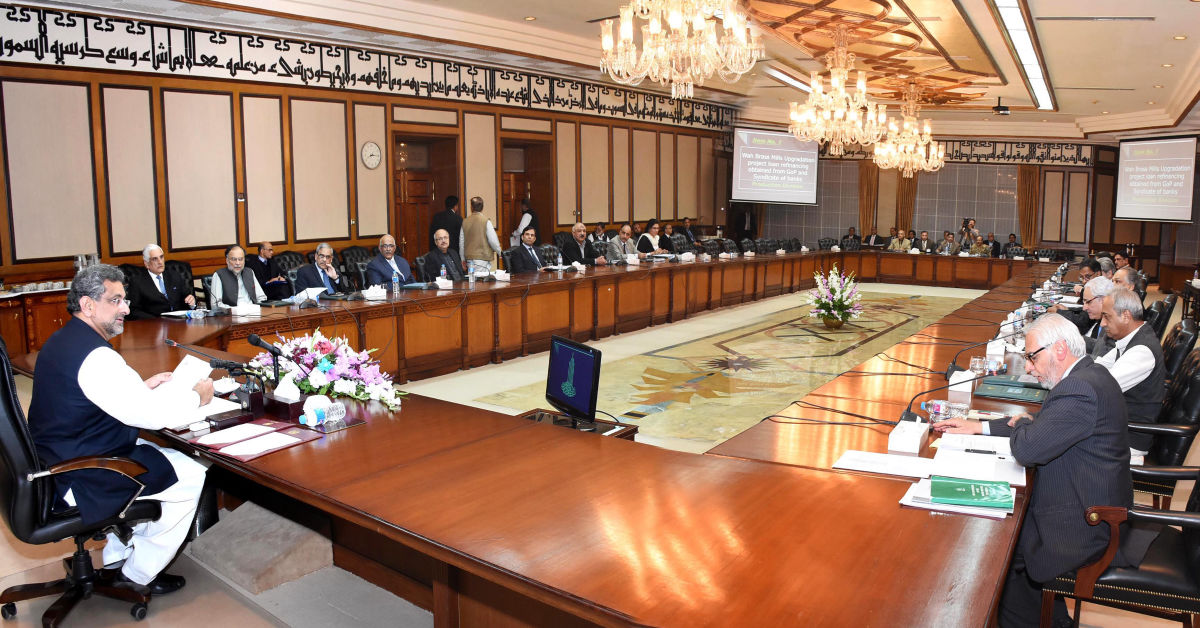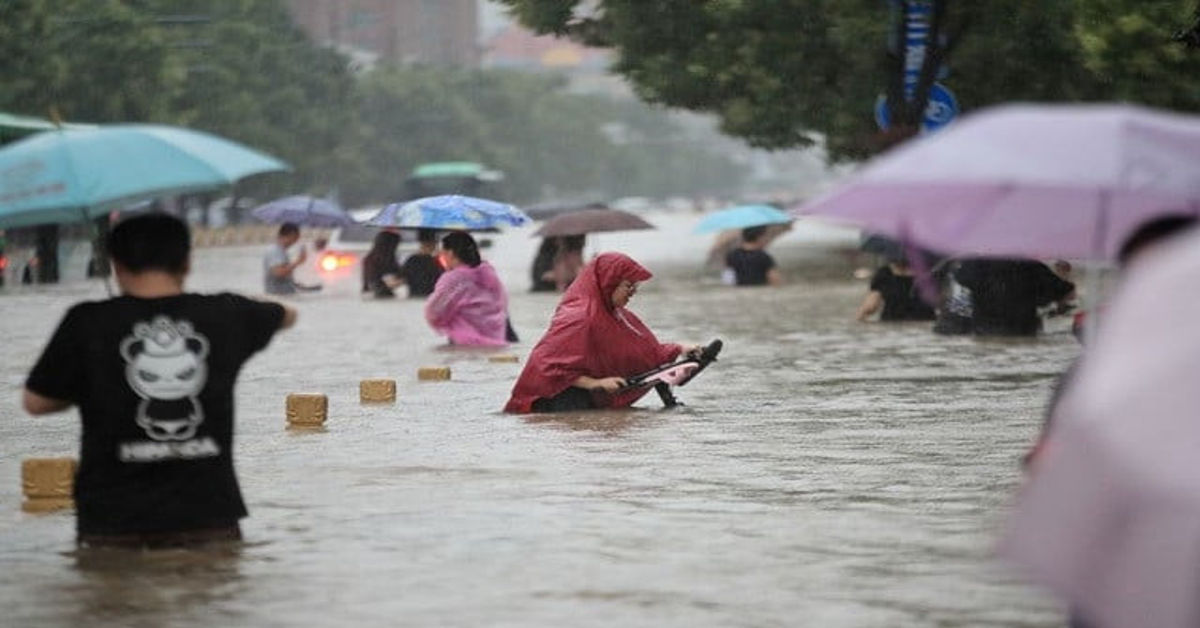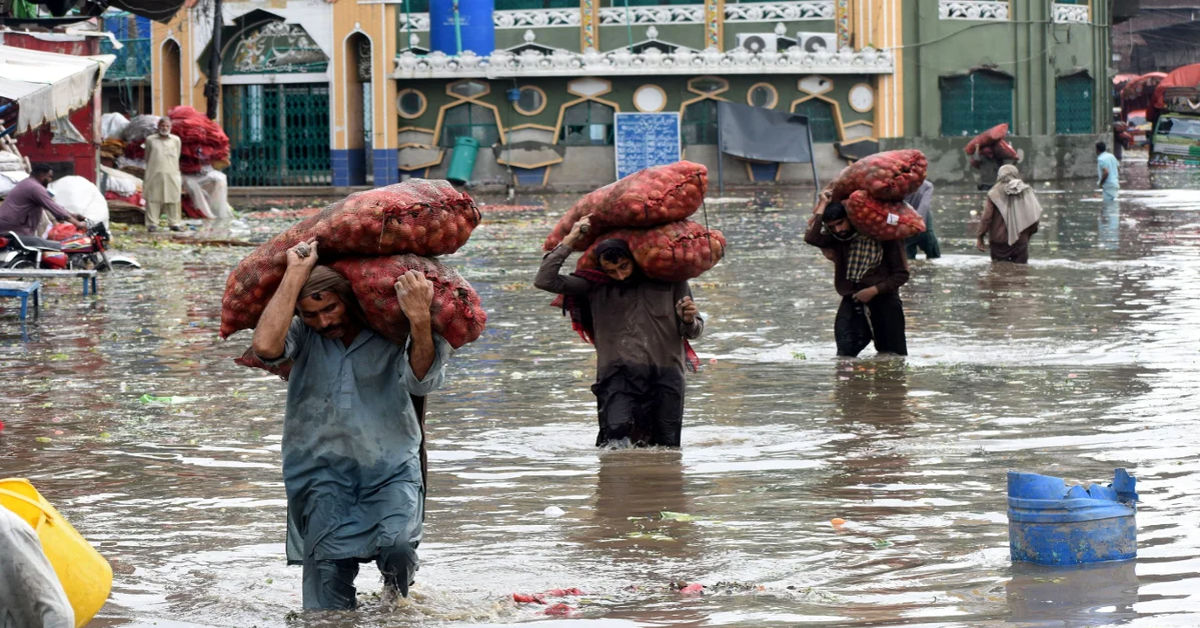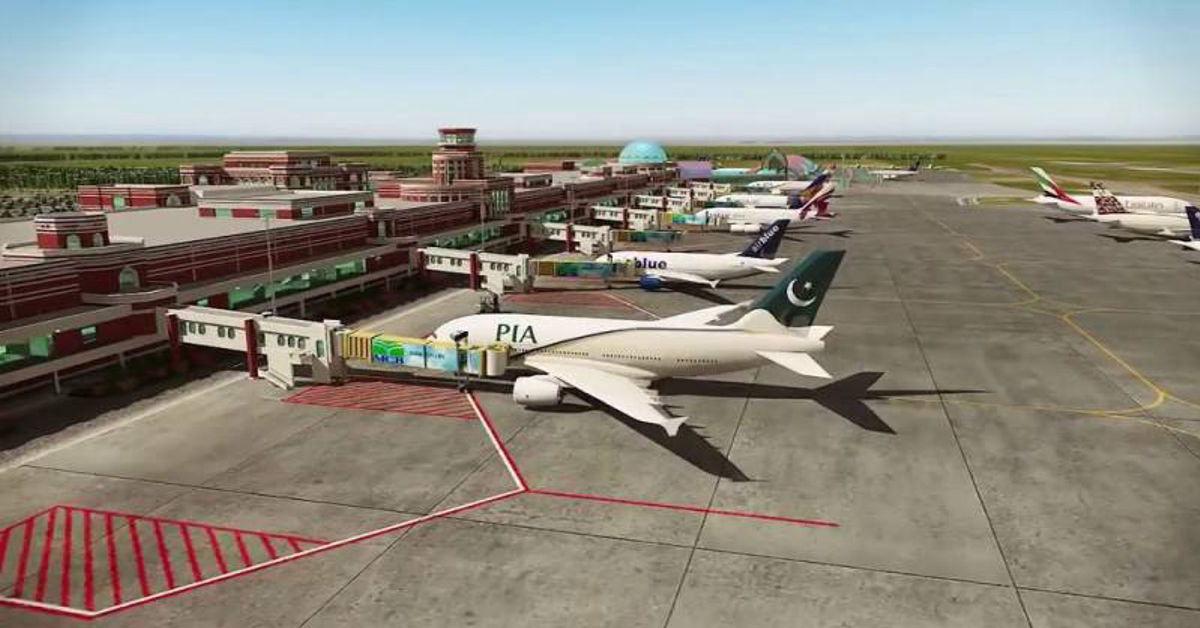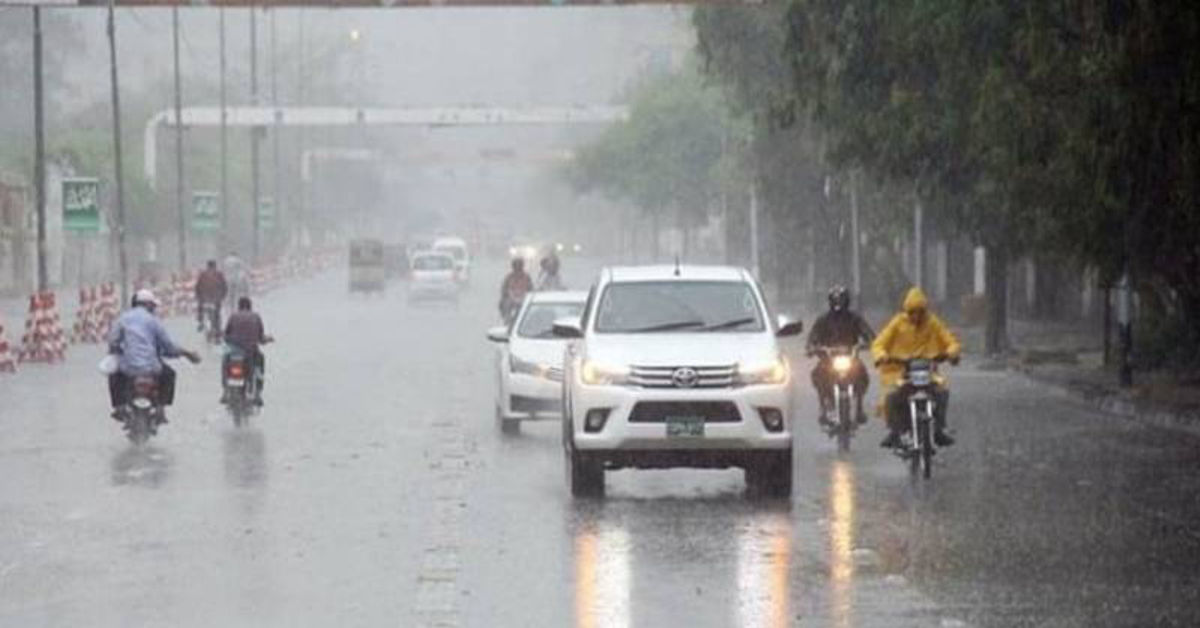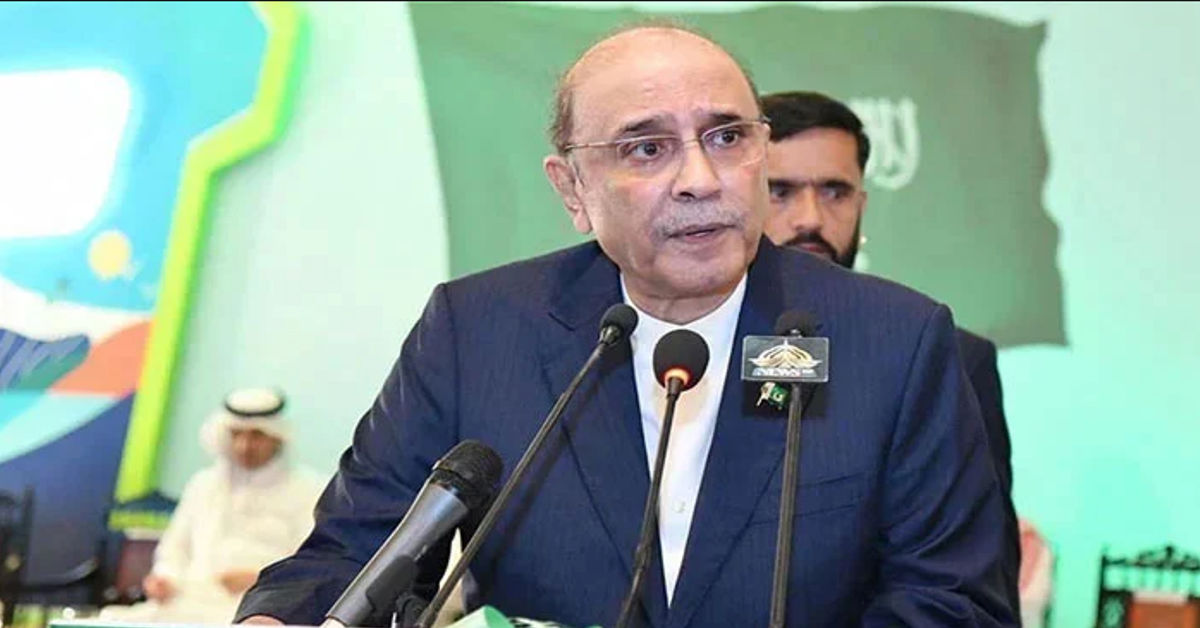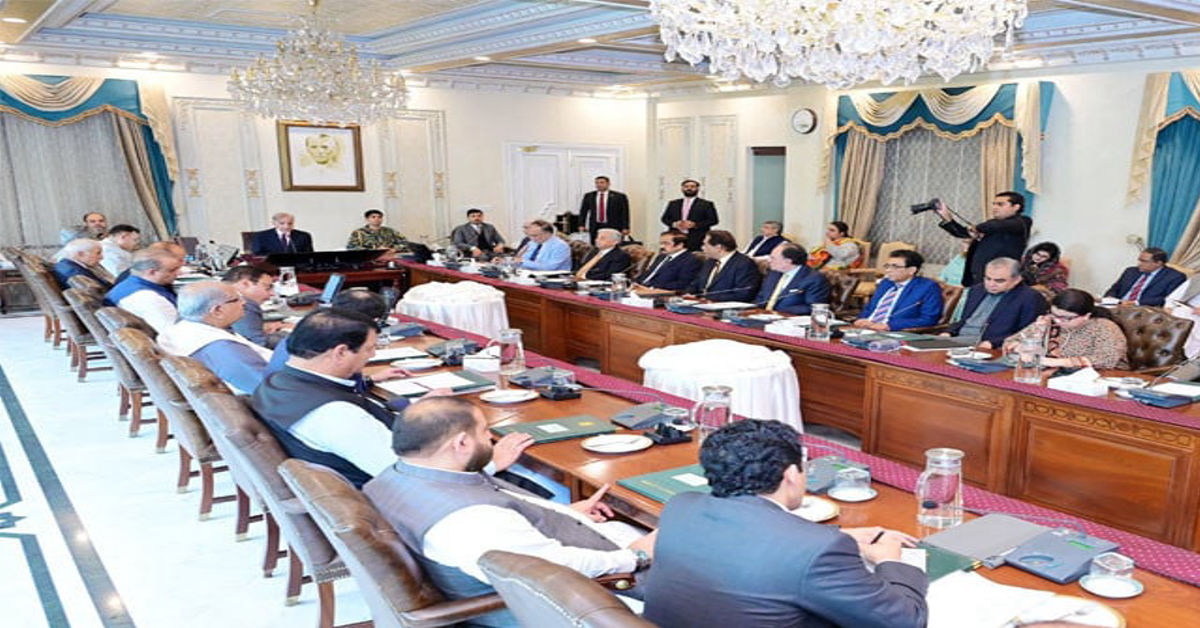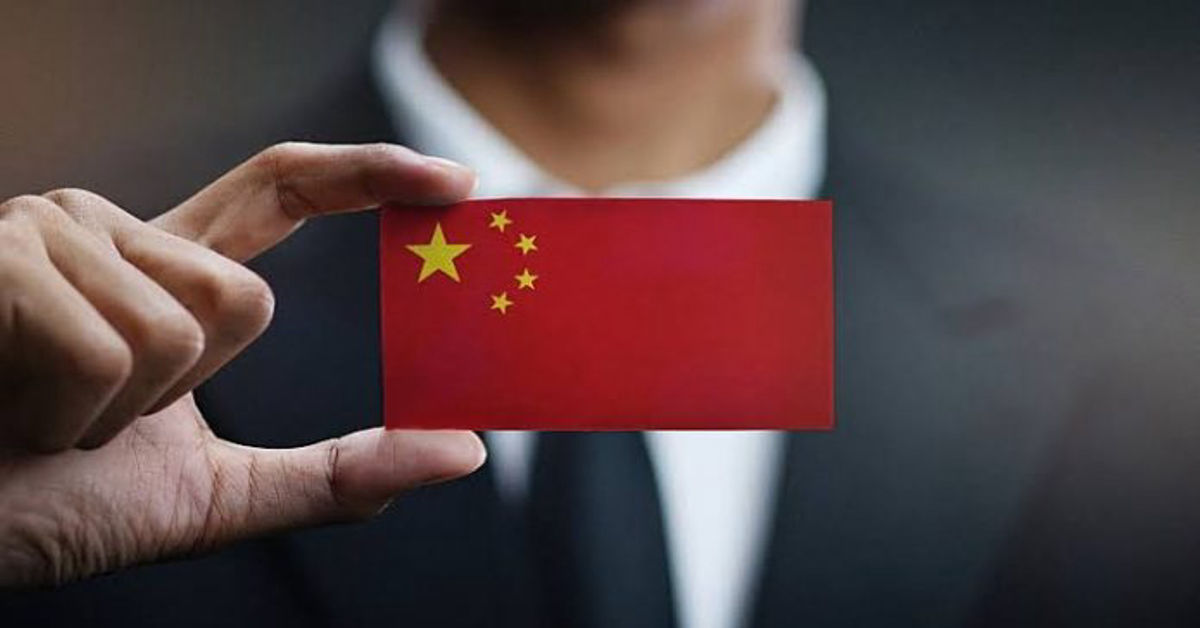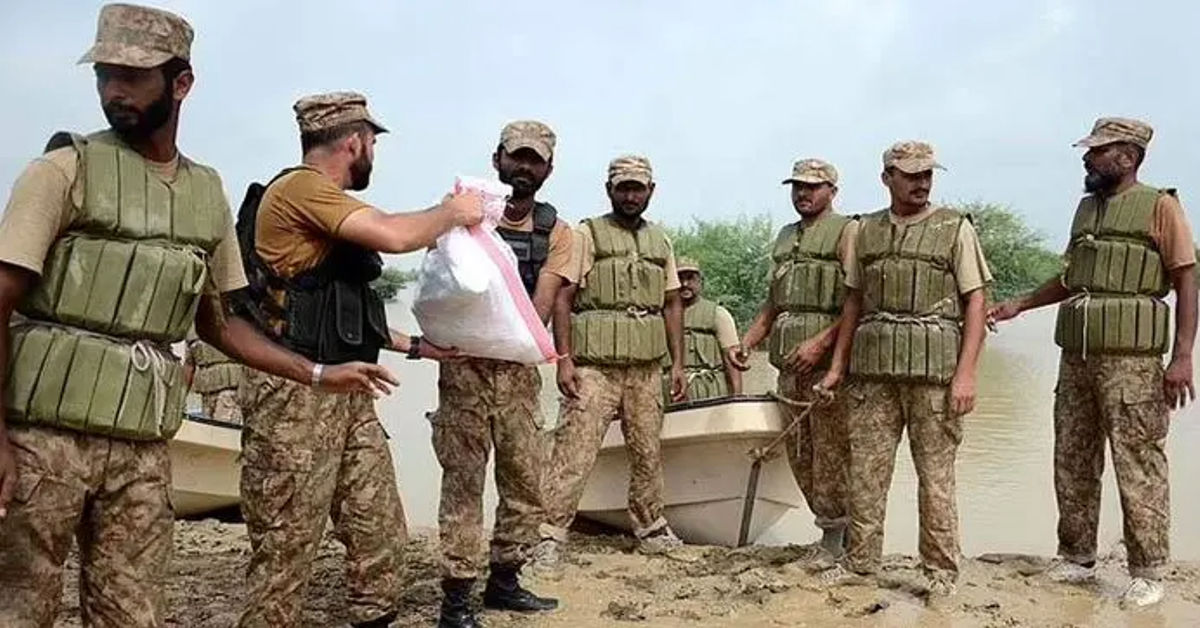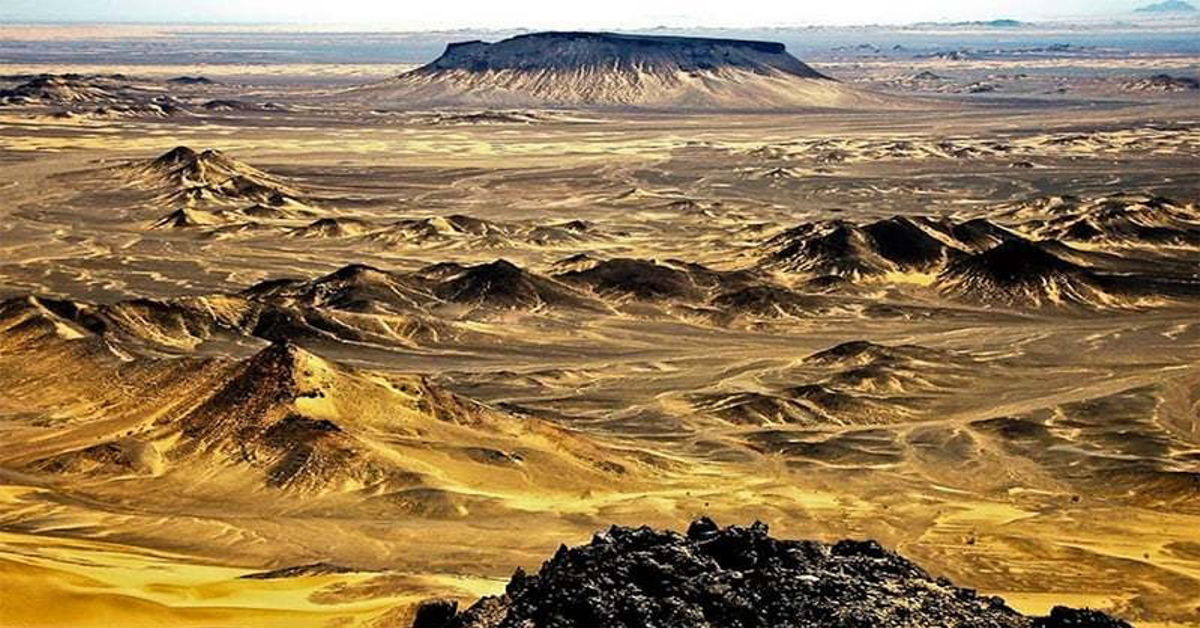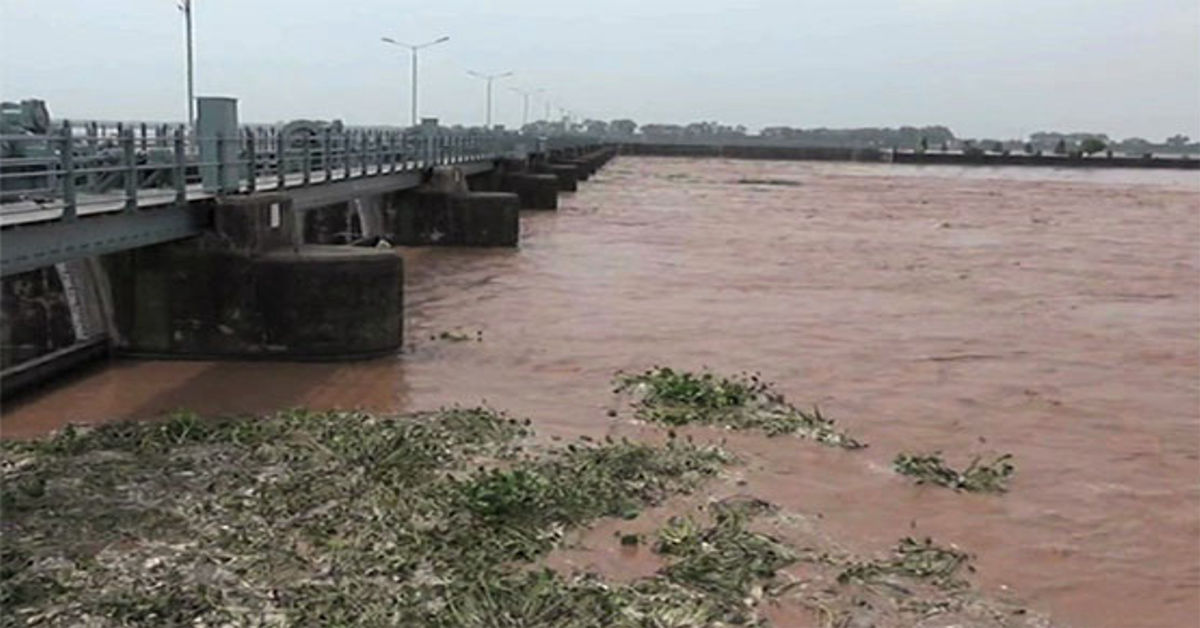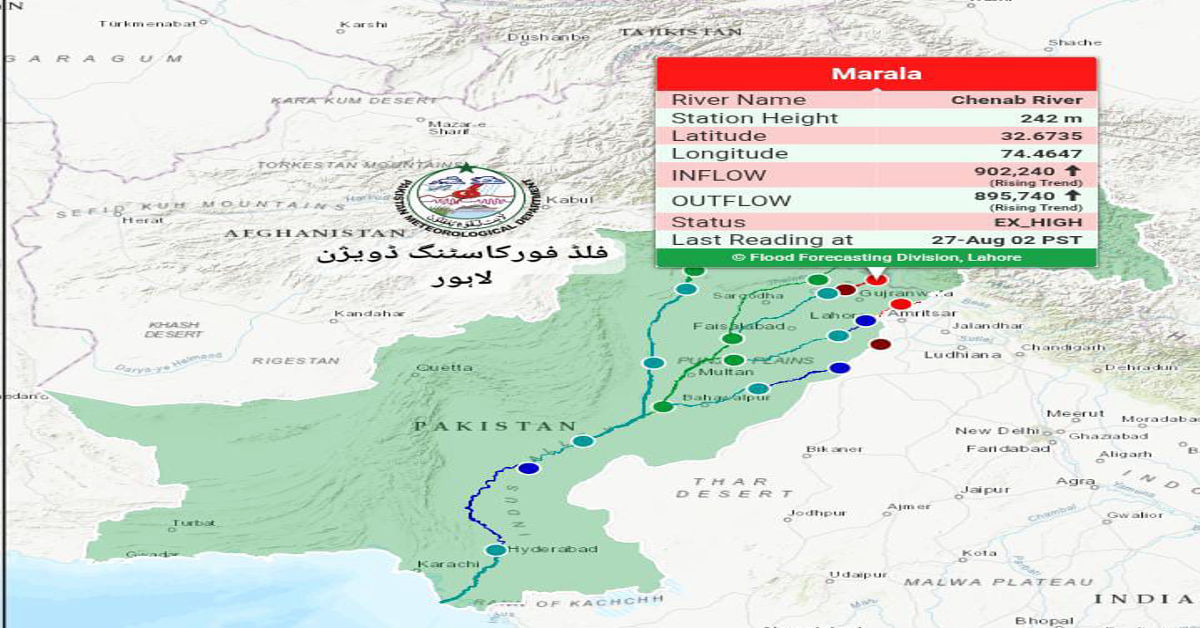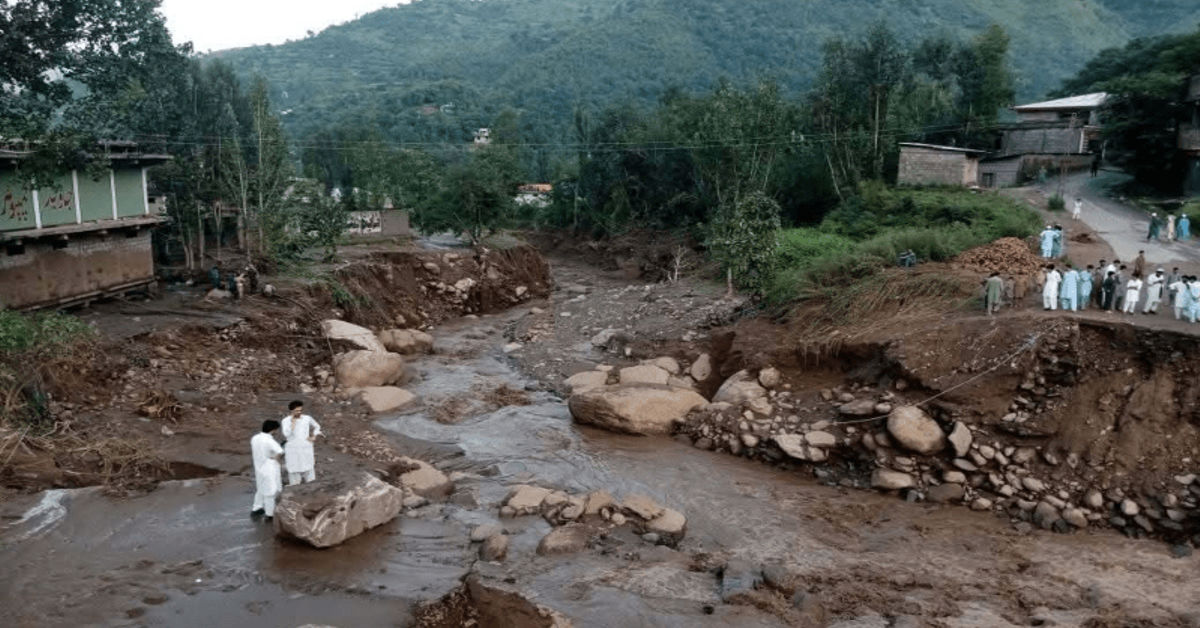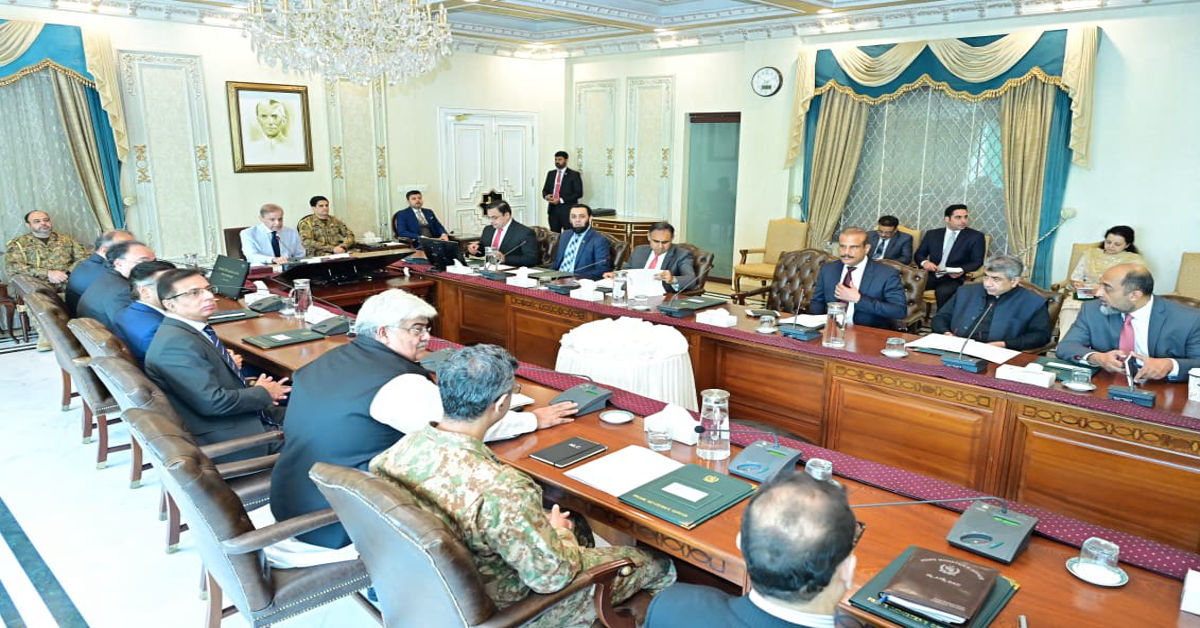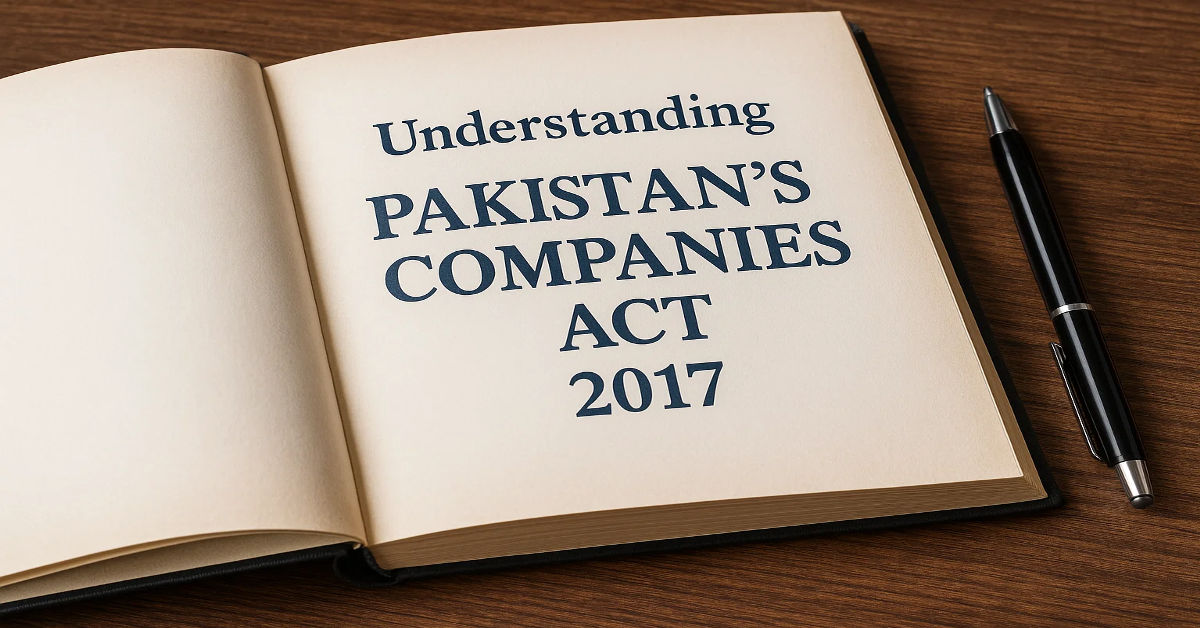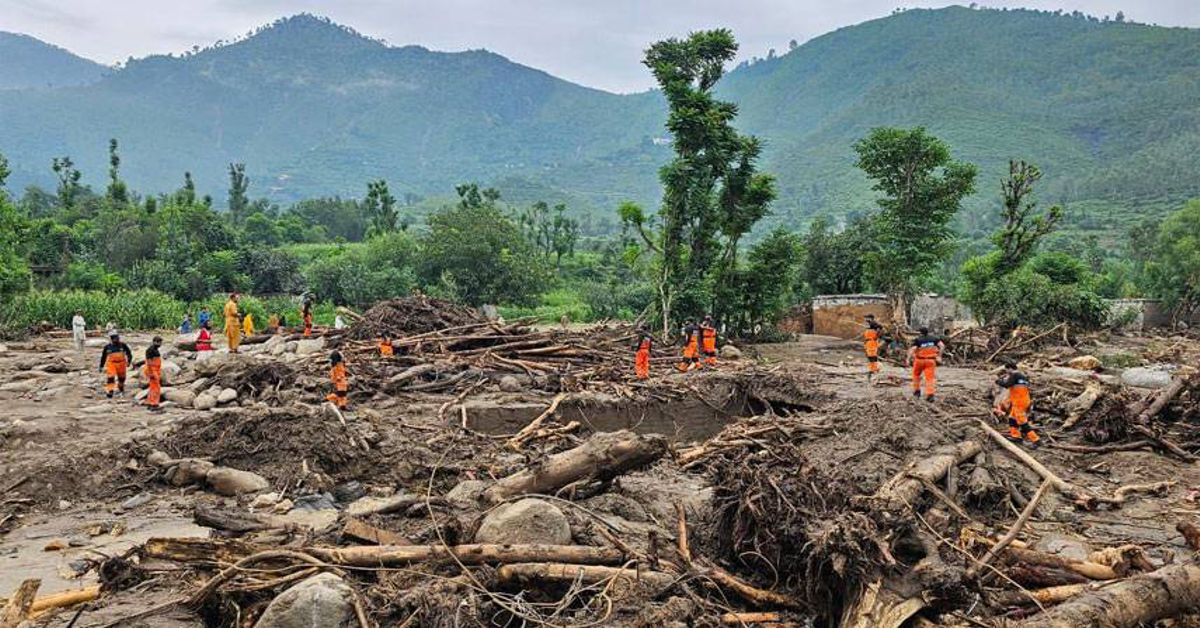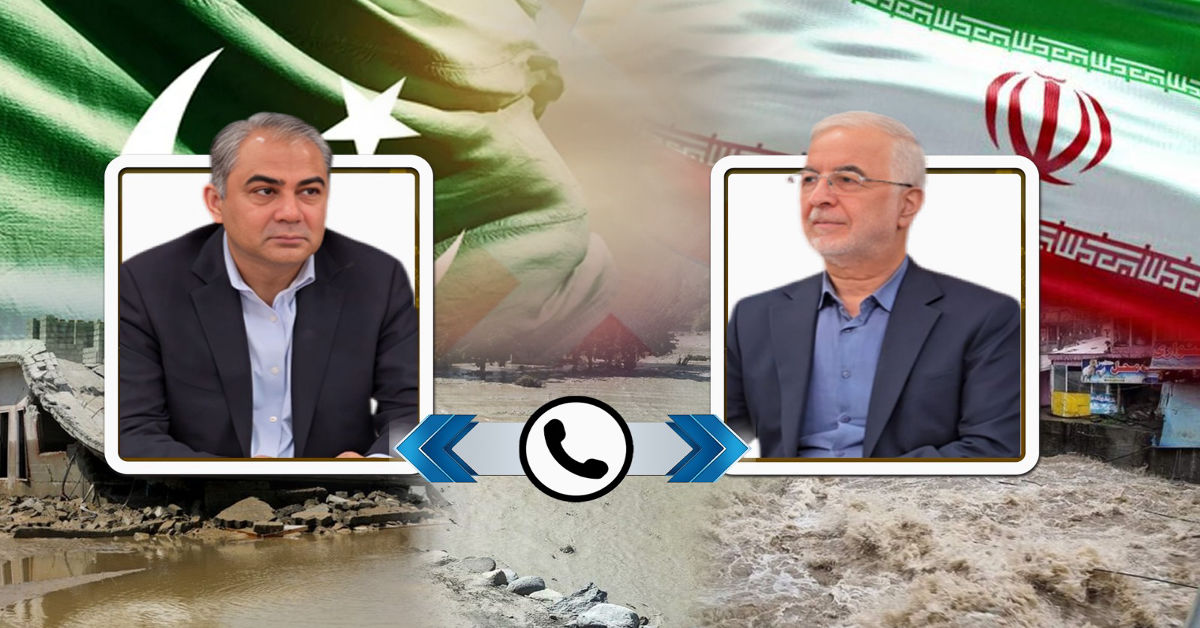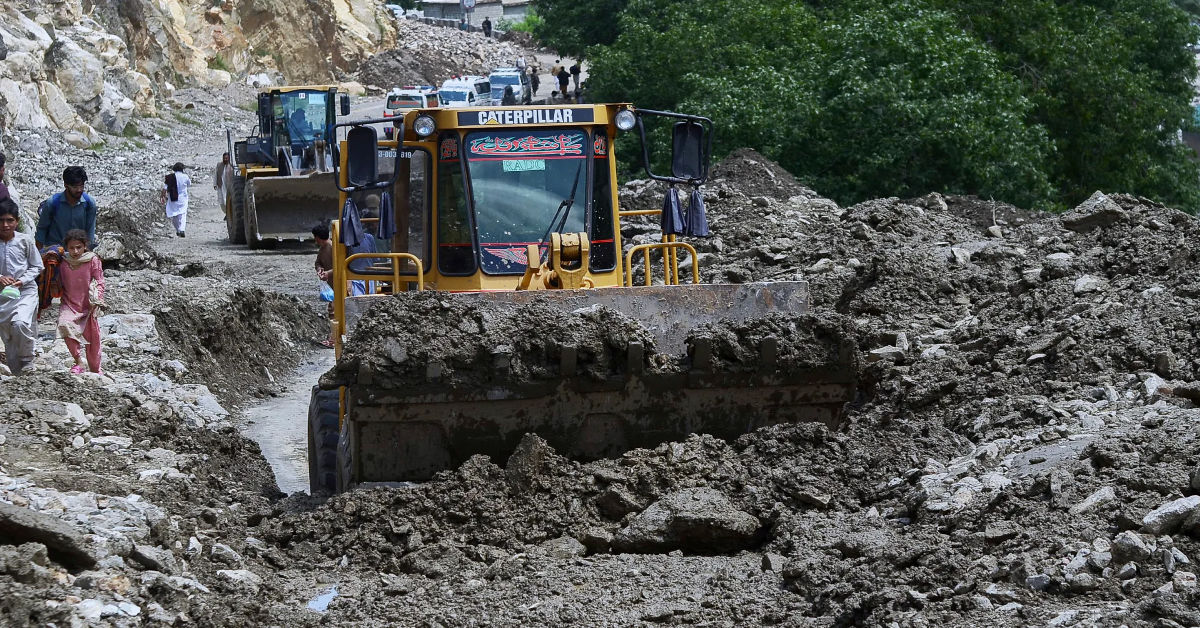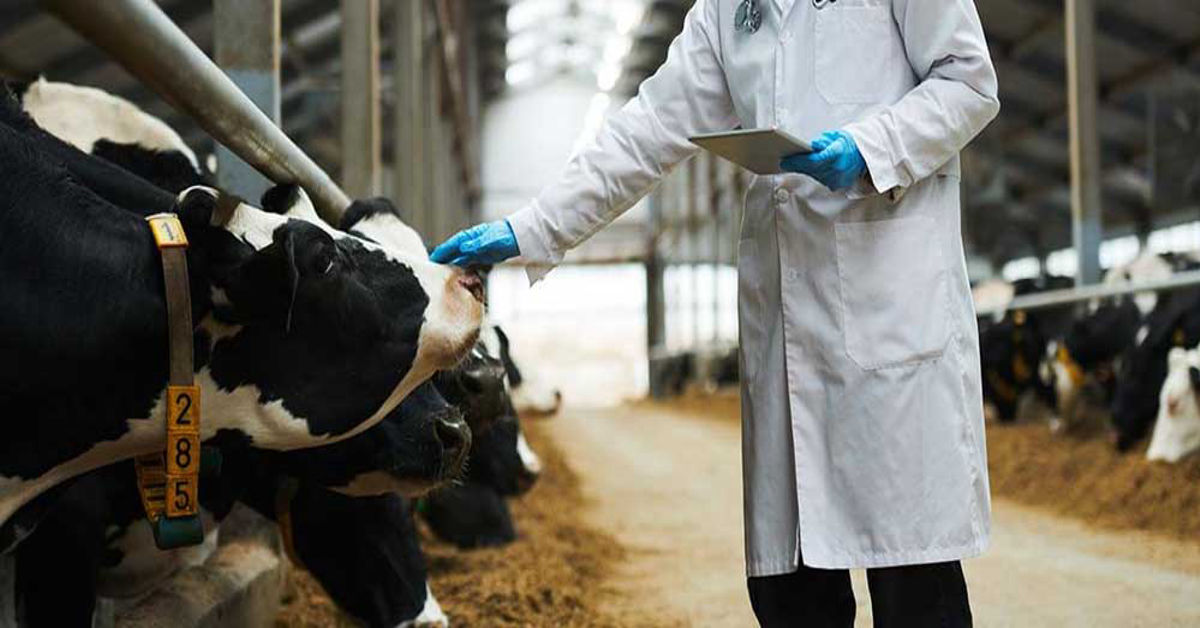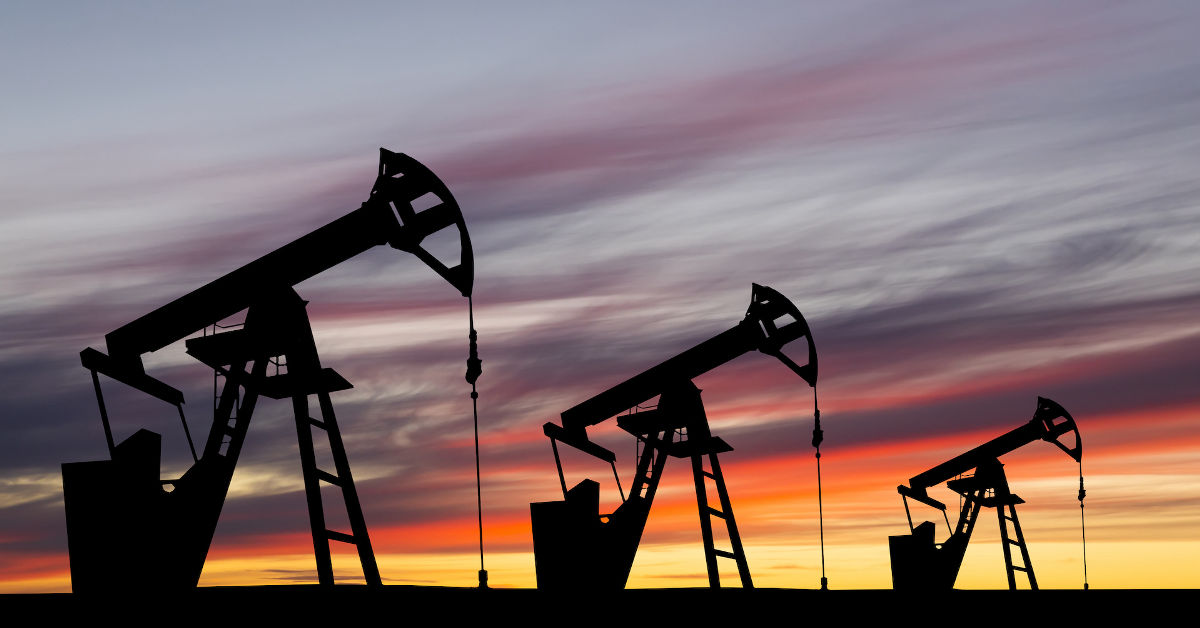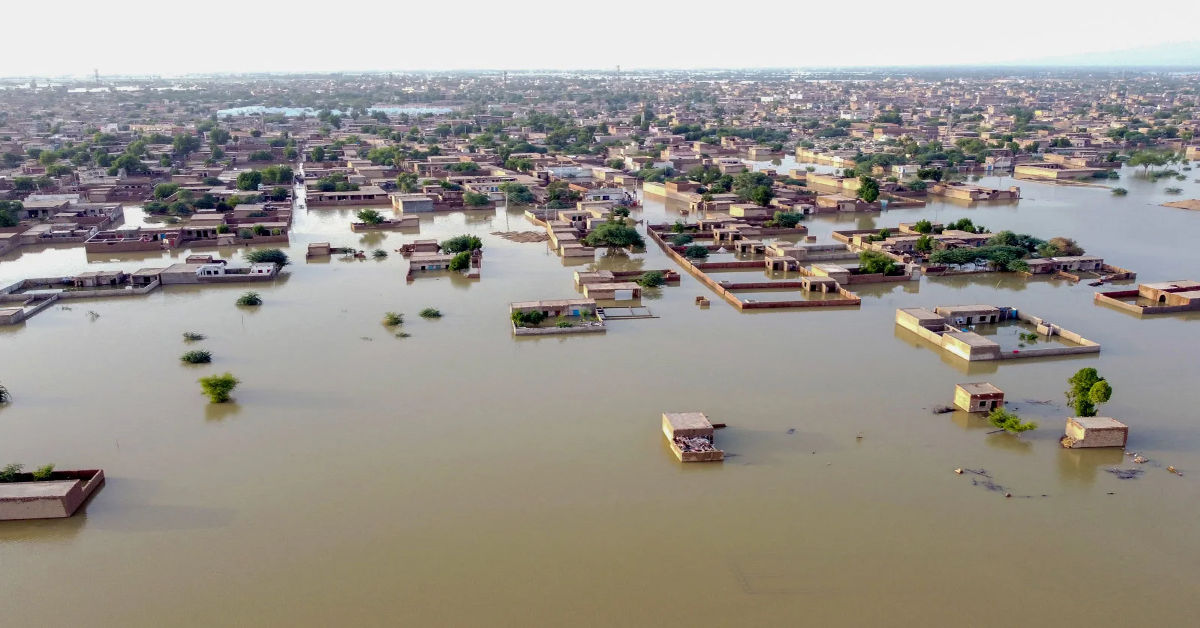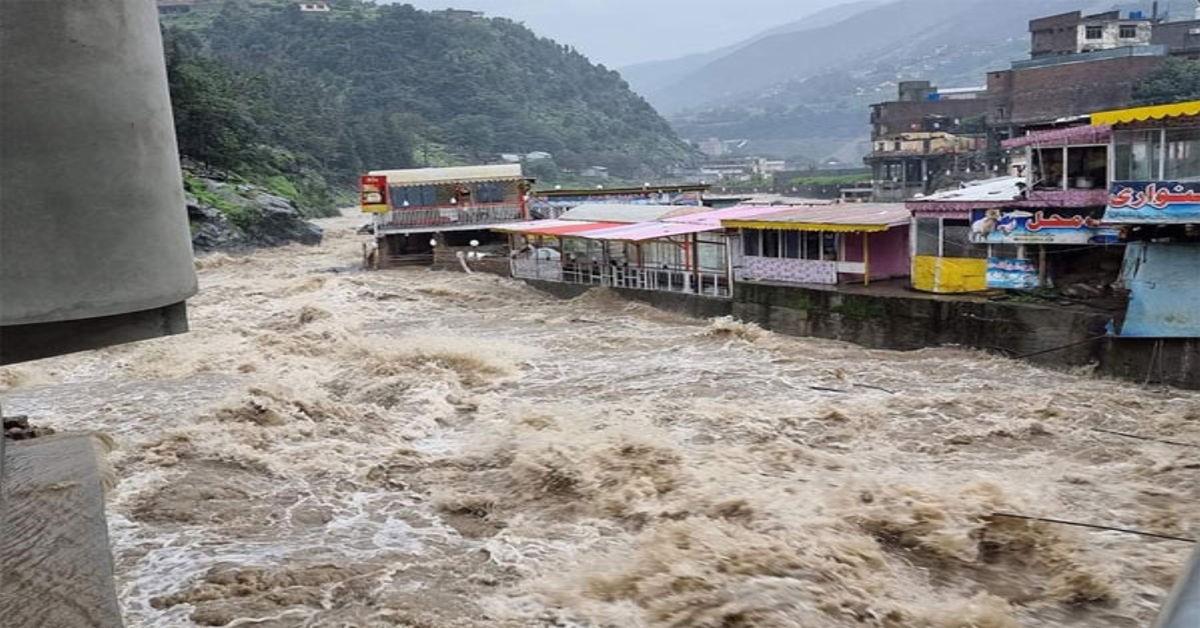
Millions of people are always worried about the expected petrol price in Pakistan because it directly influences the budget of the household, transportation expenses, and the economy as a whole. Since reviews of prices are periodically (after every two weeks), consumers and businesses are usually left in suspense. These are not random adjustments but a complex formula that balances the forces of the global markets against the domestic economic policies. In the article, the major factors influencing the price of fuel will be dissected and a clearer picture of what people should expect at the gas pumps will be provided.
The Impact of Crude Oil Markets
The price of crude oil in the international market is the most important determinant of local fuel prices. Pakistan being an importer of most of its oil is a price-taker, a country, which has little influence on the world rates. Crude oil prices will rise dramatically when supply chains are disrupted due to geopolitical instability or when the major oil producing cartels decide to reduce production. These global increment gains are transmitted via the supply chain, which is bound to be transferred to the Pakistani consumer.
Importance of Currency Exchange Rate
In addition to the international oil price the Pakistani Rupee (PKR) to the U.S. dollar is also a decisive factor. The oil is sold on the international market in U.S dollars and therefore a weak rupee will make Pakistan pay more of her currency to buy the same amount of oil. This may give rise to a scenario when there is an increase in the fuel prices in the domestic market despite the global crude oil prices remaining stagnant or falling. This is a vital currency dynamic behind the fact that the projected expected petrol price in Pakistan is so firmly pegged to the overall economy and fiscal policy of the nation.
Taxes and Petroleum Levy by Government
The final retail cost of petrol is made up of domestic policies and taxation in particular. A number of taxes and levies are imposed on petroleum products by the Pakistani government that is one of the major sources of non-tax revenue. The most outstanding of these is the Petroleum Levy (PL). The government can decide on whether to raise the PL or reduce it giving it a chance to either absorb the international price shocks to save consumers or raise revenue to achieve fiscal targets.
Calculation of Prices by Regulatory Bodies
The end price in the pump is established by systematic process based on regulatory controls. Everything in the pricing is done by the Oil and Gas Regulatory Authority (OGRA) that calculates a recommended price on the basis of the imported crude cost, exchange rate and transportation margins. This computation is then forwarded to the government which has the ultimate decision to fix the retail price including taxes and whether any subsidy shall be given. It is a multi-step process that entails technical analysis and the political decision making.
Ripple Effect Within the National Economy
The fuel price has extensive implications on the whole economy. In the case of a developing country such as Pakistan, cheap energy is necessary to not only enhance growth in industries but also in commerce. As the expected petrol price in Pakistan goes up, the cost of doing business in the country in respect to manufacturing, logistics and agriculture all go up. Transport companies which are essential in goods transportation within the country are compelled to raise freight expenses thus elevating the cost of food staple items and consumer goods.
Direct Effect on Agriculture and Houses
This impact of the increased fuel price is most direct to households and the agricultural sector. Increased petrol costs translate into increased daily transport and commuting costs incurring by the average family, and strains the disposable income of the same family. The agricultural industry that has depended on a high volume of diesel in its production of tractors, tube wells, and other farming equipment suffers high cost of production. This in turn may cause increase in the food prices of the whole population, resulting in a cycle of inflation.
Forecasting Next-Generation Fuel Prices
It is almost impossible to predict fuel prices in full accuracy because of the numerous unstable factors. Decisions of bodies such as OPEC +, geopolitical developments in the oil producing regions, and the general health of the global economy will still shape global crude prices. At the domestic level, the ability of Pakistan to control its currency value and to obtain external financing will play a critical role in regulating the cost of imports. The government will still have to struggle between the revenue requirements and the welfare of the people.
Conclusion
To conclude, the interaction between international oil markets, the rupee-dollar exchange rate, and the fiscal policy by the government will go on to determine the fuel costs. These forces change and consumers and businesses should expect to experience changes in prices. The financial job of the government to be able to offer relief in terms of subsidies or tax redress will rely profoundly on the financial status of the government. Finally, expected petrol price in Pakistan will continue to watch a major indicator of the stability of economic affairs in the country, and a subject of paramount interest of the people, and must be taken seriously by the policymakers and planned intelligently by the population.
FAQs
1. Why do petrol prices in Pakistan keep on varying?
In Pakistan, they review their petrol prices after every two weeks. World crude oil prices, the rate of exchange between the Pakistani Rupee and the U.S dollar, and domestic taxation policies affect these changes. The government is the one that adjusts prices on the basis of these aspects.
2. What does the Oil and Gas Regulatory Authority (OGRA) play in determining the price of petrol?
OGRA determines a recommended price of petrol that is determined by the various aspects such as the price of imported crude oil, the exchange rate, and the transportation margins. This is recommended to the government which makes the final decision taking into consideration taxes and subsidies.
3. What is the impact of the global crude oil market on the petrol prices in Pakistan?
In the world market, Pakistan is a price-taker as the country imports most of its oil. As the price of crude oil increases in the global market because of supply chain shocks or reduction in production by oil producing nations, these increases are transferred to Pakistani consumers.
4. What is the influence of the exchange rate of Pakistani Rupee on the cost of petrol?
The U.S. has been trading oil in U.S. dollars. In case the Pakistani Rupee loses its value against the dollar, then imports of oil become more expensive, even when the world crude prices are steady. This increases the domestically based petrol prices.
5. What is the Petroleum Levy, or PL and what is its impact on the price of petrol?
The Petroleum Levy refers to the tax that is levied by the government on the petroleum products. It is a major income earner to the government. The adjustments to the PL can either protect the consumers against international price shocks or boost the revenue of the government.
6. What do increase in petrol prices do to the economy?
Increased price of petrol makes the operations of such industries as manufacturing, logistics, and agriculture more expensive. The result of this is increased transportation costs which subsequently increases commodity and service prices, a factor that contributes to inflation.
7. How will an increase in the price of petrol affect households?
The high cost of petrol means more people are now commuting and travelling more often to their work, cutting down their disposable income. This may result in a financial burden particularly on the low- and middle-income families.
8. What is the impact of a rise in the petrol prices in the agricultural sector?
Agricultural sector is highly dependent on diesel to run machinery such as tractors and tube wells. The rise in fuel prices raises production costs and this may result in high food prices and inflation.


